(This is a manifesto I wrote 2 years ago. I have never published it. It was a reaction
to the ignorance I faced in graduate school from the modernist sculpture
department administrators)
MANIFESTO
Postmodern Figurative Artists
(Following The Dionysian Tradition)
By Adam Reeder
Historically there have been two main distinctions in art. They are figurative and non figurative. These distinctions are creations of the Academic world. It is an attempt to quantify history into understandable chucks. This division dates back to the late Renaissance when the church put limits on art so that it could have greater control.
This continued into the Baroque period when the state favored the work of Nicholas Poussin as the perfect form. Others favored Peter Paul Rubens. Two philosophies emerged. The first was work that was logical, and orderly (Apollonian) or Poussinist. The second was emotive, passionate and irrational (Dionysian) or Rubenist. There is still a distinction drawn between Poussinist and Rubenist.
This fight became really tense in the late 1800s when The Impressionist and Fauvists were not allowed space in the salon because it was not classical. One Idea today is still that the work that is not like the classic masters is somehow inferior. These people still hold the same view as the people who would not allow the Impressionists to show in the salon in the late 1800's. These people were also in control of Academia. If it was not classical realism it was junk.
The group that followed the impressionists through the Fauvists, and Expressionists etc. (Modernism) became the dominant philosophy in Artistic Academia. Hence Modernism took over in Academic circles. These people taught the same thing they were taught in school, that classical work was irrelevant. Generations of Modern thinkers have had no reason to believe realism was going to achieve any validity, so they perpetuated the doctrine of anti-realism.
Academia is still saturated with "free thinkers" who are tied down to traditions of their modernist past. These teachers keep their students from embracing classical realism, or any other realism for that matter. Those students then grow up and became teachers themselves, and the cycle goes on.
The Academic climate is in that present state right now. Professors teach students how to think like they do. This has not changed for almost a century. The Modernists have been trying to be Avant-garde for a century now. Their rejection of Realism for so long has created a vacuum that has, ironically, made Realism the new Avant-garde. Modernists have followed a century of tradition under the guise of being free thinkers.
This world needs artists who are free from the "Classical" tradition, but also not prisoner to the "Modernist" tradition. More consideration must be given for art that conveys symbols common to all people. For instance, there are cave drawings that are 30,000 years old. The ones depicting people and animals are the only ones we understand. Surely this alone gives Realism cultural value. Modernism is not obsolete it is part of the past like the Baroque period.
A new definition is needed for figurative art that is not classical realism. This is a new time, with new thoughts, problems and issues. The challenge will be to see who will be strong enough to avoid both camps. Our work must talk about our world in a language everyone can read, in a dialect that is not the popular Academic tradition.
Often sculptors try too hard to make what is popular, or sculpt themes that have nothing to do with themselves. Any figurative work done in a unique, fresh, contemporary or honest way is valid. We are rejecting the art fair, kitch that people do just because it sells. The most important criteria is that the work must be a reflection of ourselves.
Over time many artists have run away from the figure so that they can be contemporary and honest. These people become potters, and object makers, which is valid and honest. We are suggesting a distinction be drawn between figurative types. Something is needed to separate our work form art fair kitch.
Our fear is that people will see our work and clump it together with Sam's Club copies of Remington sculptures. We fear this in the same way a modernist fears that someone will see their work and think, "wow, my six year old did some thing that looks exactly like that!" The modernists have avoided this classification by establishing criteria by which their work can be validated. We seek validating criteria for figurative work.
We consider our work in the tradition of Peter Paul Rubens. This is because of the separation our work is form the classical time, and from traditions of previously popular ways of doing things (modernists). We also think we are Rubenesque because of the emotive element in the figures we make.
Peter Paul Rubens, Delacroix, Rodin, Neri, and Noguchi. These are artists who embody the attitude we look to. A new definition of art must emerge. Philosophers have a concept for this. They say one thing exists, and another thing comes along, they collide and neither remains, but something new is born. That is what we are. The classical existed and was taken over by the Modernism which was Avant-garde. They collide now that modernism is no longer Avante-garde, and both become part of the past. We are a part of the new Avant-garde. We are pieces of both modern and classical but loyal to neither.
Postmodern Figurative Artists
Just updated your iPhone? You'll find new emoji, enhanced security, podcast transcripts, Apple Cash virtual numbers, and other useful features. There are even new additions hidden within Safari. Find out what's new and changed on your iPhone with the iOS 17.4 update.




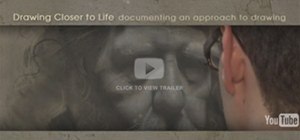
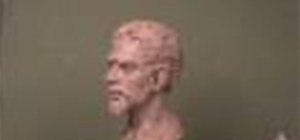

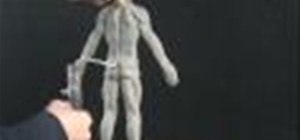

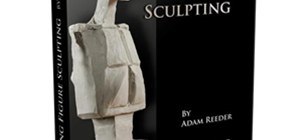
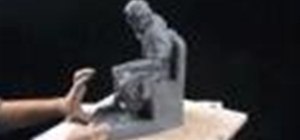
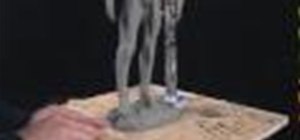
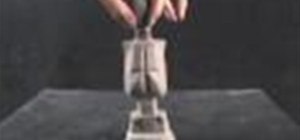
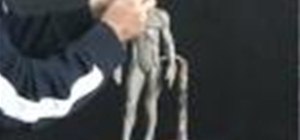
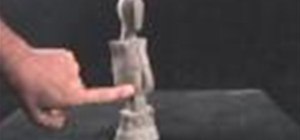
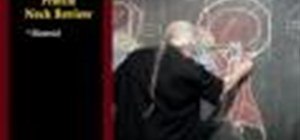
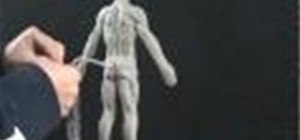
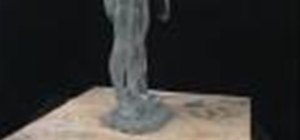
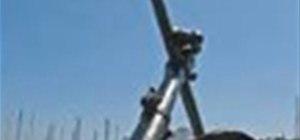

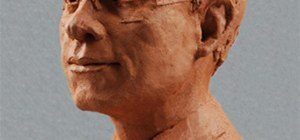
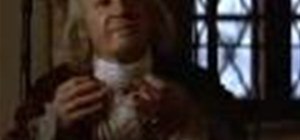
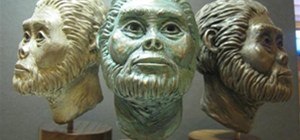
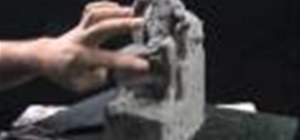
Be the First to Comment
Share Your Thoughts